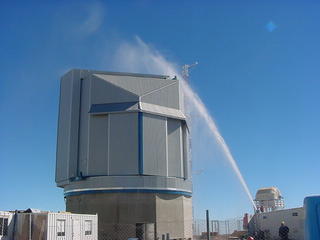 | |  |
|
Back to home page >>
- Links:
- ESO - Data Releases
- CASU
- Technical info
- VST data processing
- WFAU (ROE) OSA
- VST-ATLAS Chilean Data Hub
- ESO VST
- Naples VST
- KIDS
- ESO VISTA
- UK VISTA
- UKIDSS
- OmegaCam
- Survey Progress
Click on image for full-sized version

- Tile finder
Reports ESO OBs and CASU reductions and plots magnitude offsets with Gaia
Search by RA and Dec ...
- ATLAS Images
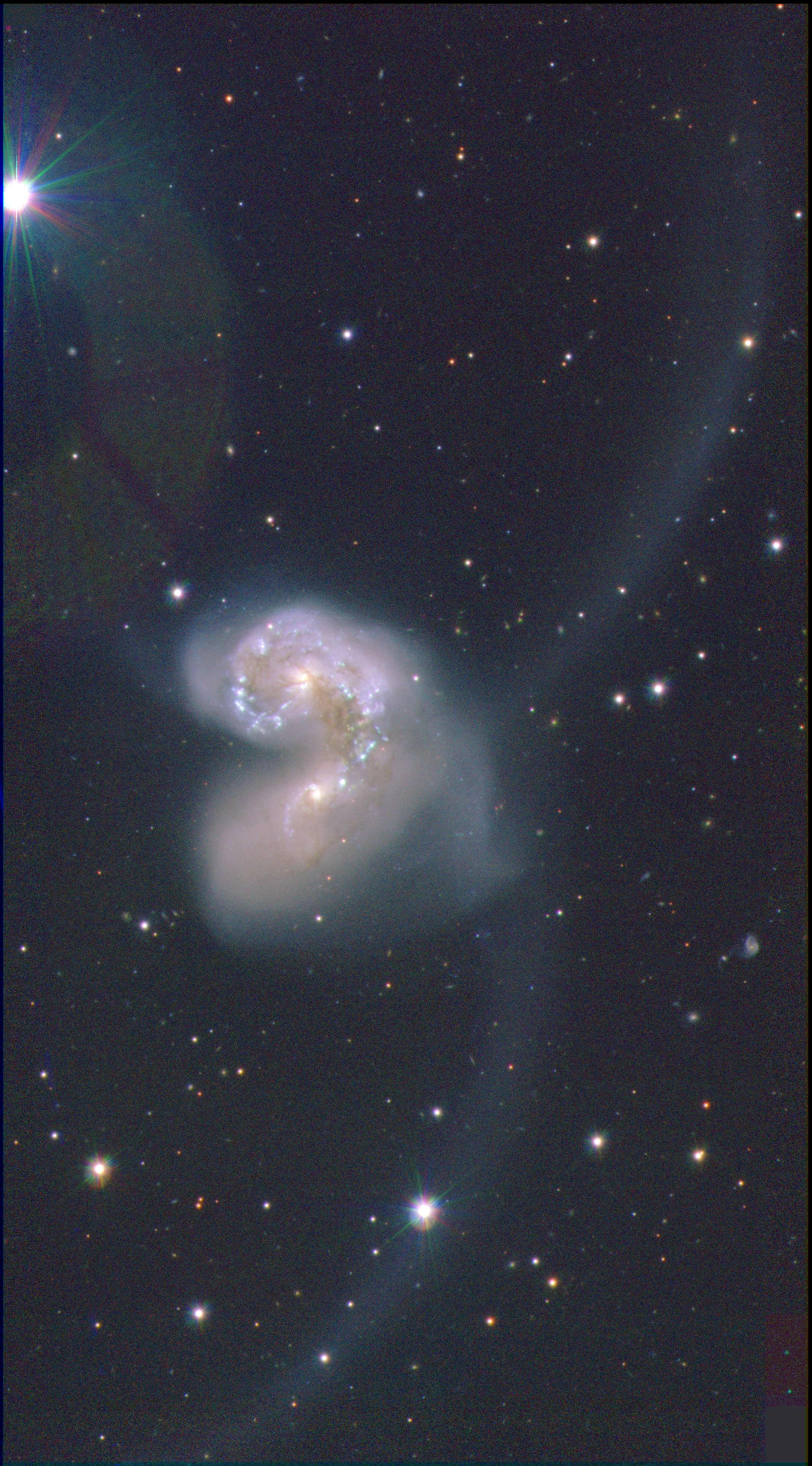
g,r,i image of NGC4039
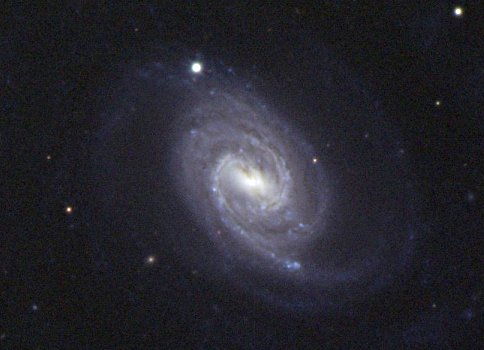
g,r,i image of NGC289

g,r,i image of NGC7172
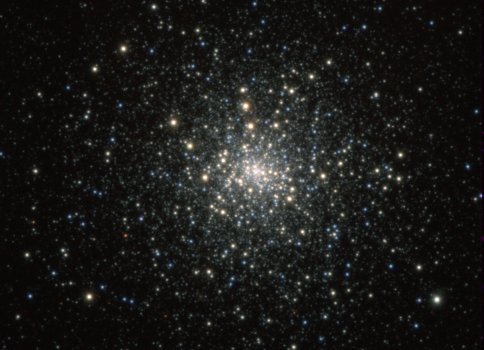
g,r,z image of Messier 30

g,r,i image of NGC613
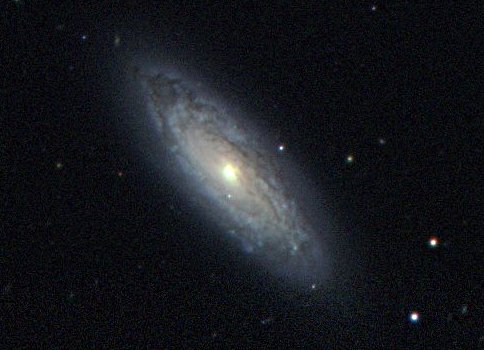
g,r,i image of IC5271
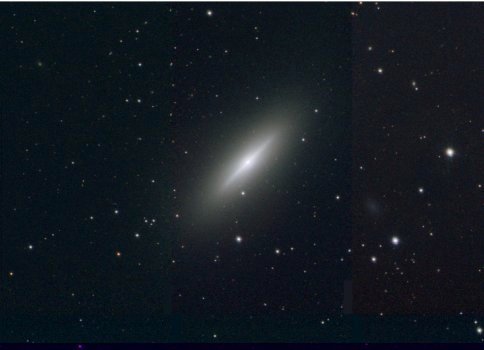
g,r,i image of NGC3115
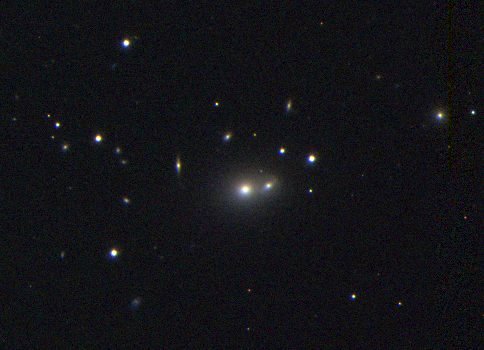
g,r,i image of NGC7268
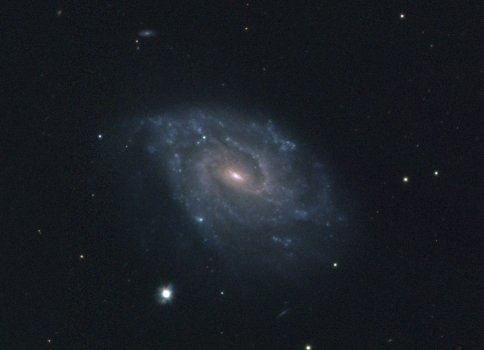
g,r,i image of NGC1255

g,r,i image of NGC7755
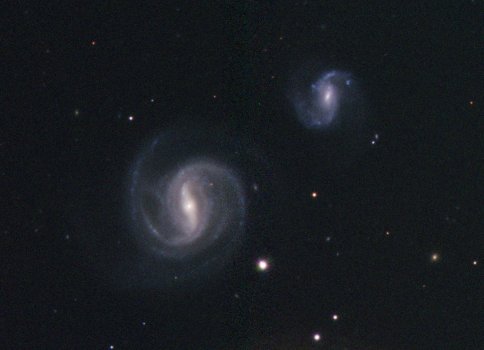
g,r,i image of NGC945
Back to home page >>
| |
 | | |
|
 | |  |
|
VST ATLAS DR2 Release Description
DR2 was released in two parts in September 2015/November 2015
The release consists of all stacked, reduced images, associated source lists and band merged catalogues in u,g,r,i,z taken from the start of observations by the VST in August 2011 through to the end of September 2013. It superceeds the DR1 release.
Coverage maps:
Summary:
| u | g | r | i | z |
|---|
| Exposure time | 2x60sec | 2x50sec | 2x45sec | 2x45sec | 2x45sec |
| No. of fields | 2135 | 2451 | 2646 | 3183 | 3165 |
| No. of observations* | 2719 | 2847 | 3190 | 4465 | 4632 |
| Approx. Area (deg2) | 1995 | 2290 | 2473 | 2974 | 2957 |
| Median 5σ Mag. limit (AB) | 21.99 | 23.14 | 22.67 | 21.99 | 20.87 |
| Median FWHM (") | 1.02 | 0.95 | 0.90 | 0.81 | 0.84 |
* ESO C grades are included, so there are repeat observations on some fields.
Notes:
- Isophotal fluxes, Kron fluxes, Petrosian fluxes and fixed aperture fluxes are provided. There are also corrections to point source total magnitudes for each aperture.
- To convert magnitudes use -2.5*log(flux)+ MAGZPT - EXTINCT*(airmass-1) +2.5*log10(EXPTIME), where 'MAGZPT', 'EXTINCT', 'EXPTIME' are fits keywords in the headers and airmass is the mean of 'HIERARCH ESO TEL AIRM START' and 'HIERARCH ESO TEL AIRM END' (so note in particular that MAGZPT is not corrected for the airmass of the observations).
- Fluxes are corrected for the non-uniform illumination of the flat fields
- The pixels are NOT corrected.
- The Kron and Petrosian magnitudes are unreliable for the brighter stellar objects. If you are interested in stars, use the point-source corrected aperture fluxes.
- A full description of the catalogues is provided at CASU
- The s/g Classification parameter appears to give reasonably clean samples of stars (-1), but does seems to contaminate galaxy samples (1) with fainter stars.
- Note that the coverage is not (necessarily) spatially coincident between the five bands.
Colour equations:
Rough colour transforms to SDSS for NIGHTZPT are:
u_sdss=u_vst + 0.01(u-g) + 0.27
g_sdss=g_vst + 0.05(g-r) - 0.06
r_sdss=r_vst + 0.03(g-r) - 0.035
i_sdss=i_vst - 0.025
z_sdss=z_vst - 0.04(i-z) + 0.04 this constant was incorrectly displayed as 0.4 until 15/6/2020
The constants terms are uncertain and depend on the accuracy of the ATLAS zero-points (see below). Here is a typical comparison between SDSS and VST ATLAS for stellar objects based on the MAGZPT calibration:
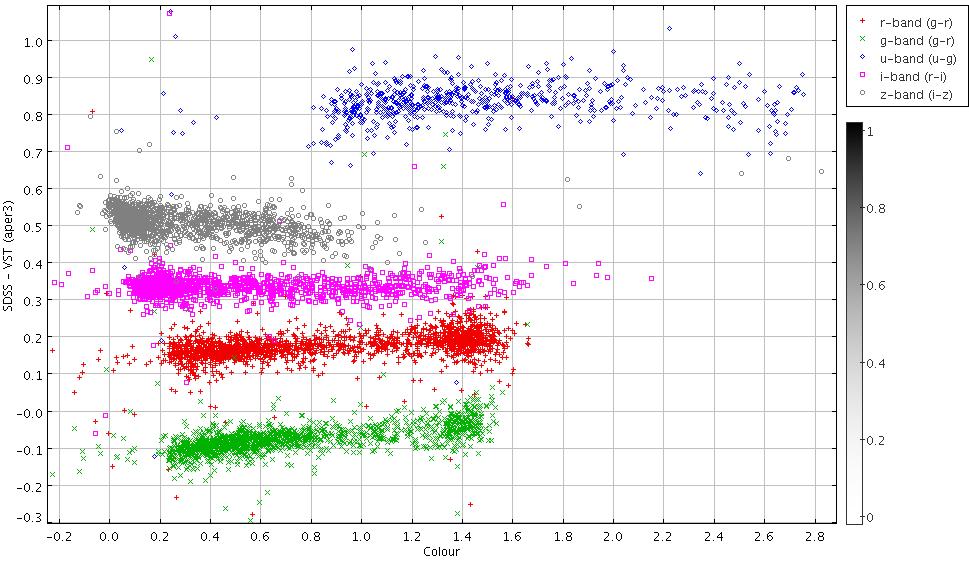
Photometric uniformity:
This release has three different calibrations. - The ESO nightly calibration (MAGZPT). Observations may not be photometric. The field-by-field rms compared with external surveys is about +/-0.07 mag. However, it tends to be correlated over Concatenations, which are usually 17 tiles long in RA at the same Dec.
- Calibration relative to the APASS survey, using colour-based extrapolations to u and z (APASSZPT).
- Calibration relative to an average of the APASS calibration over a whole night (NIGHTZPT).
We recommend NIGHTZPT as the preferred zeropoint, as APASSZPT can suffer from lack of common stars and also issues with individual APASS fields.
Future releases will include global calibration based on internal overlaps between fields. |
|
 | | |
|

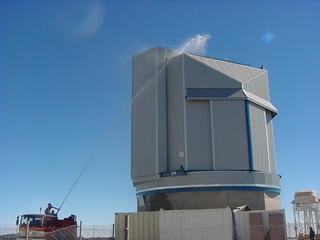 THE VST ATLAS SURVEY
THE VST ATLAS SURVEY
